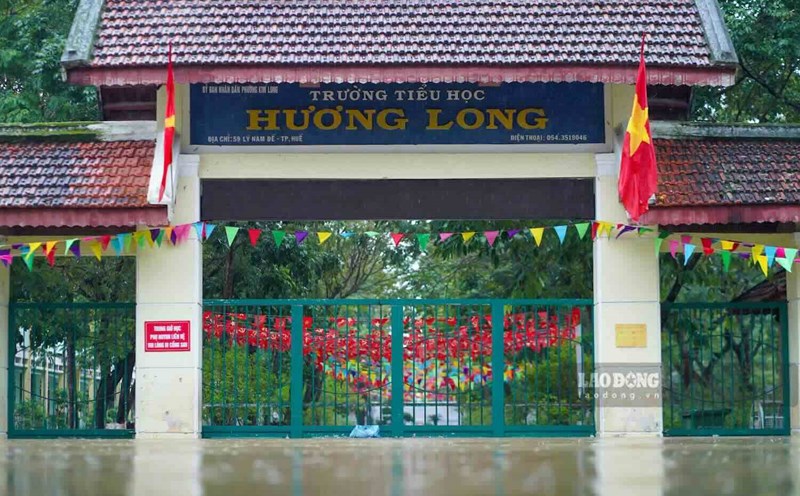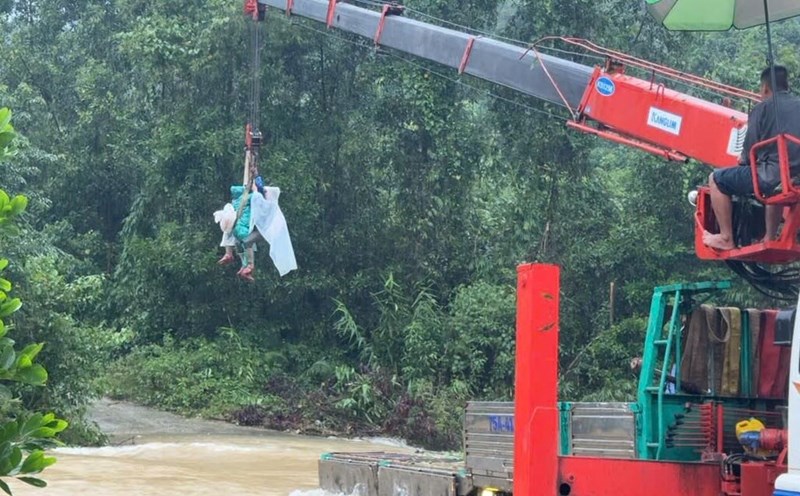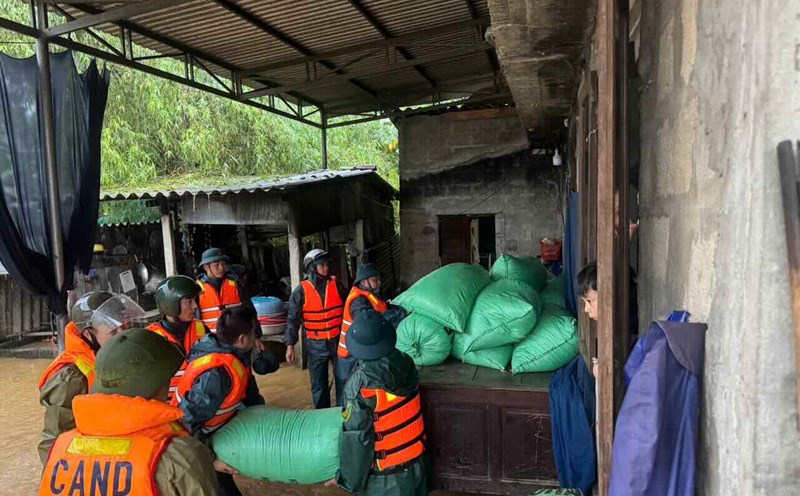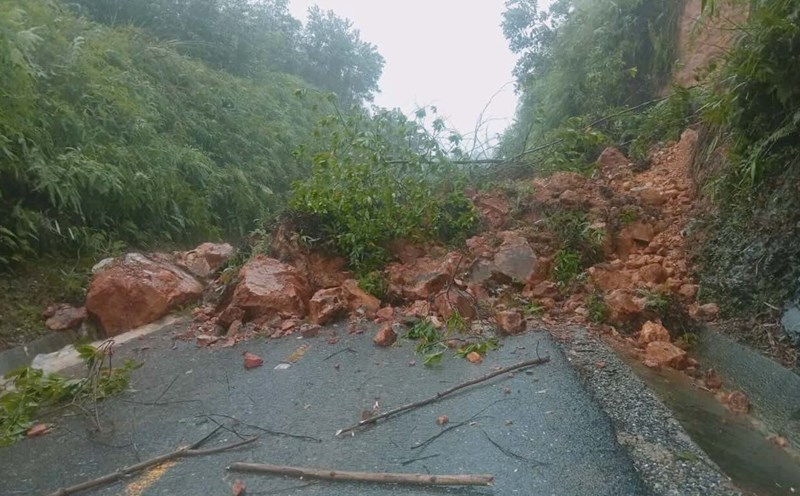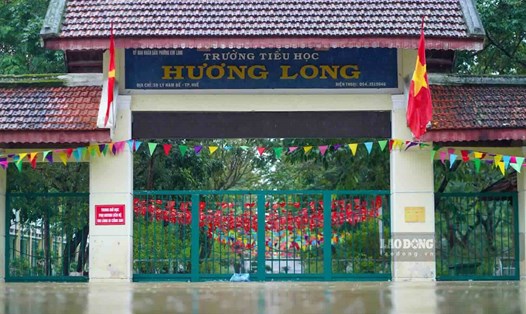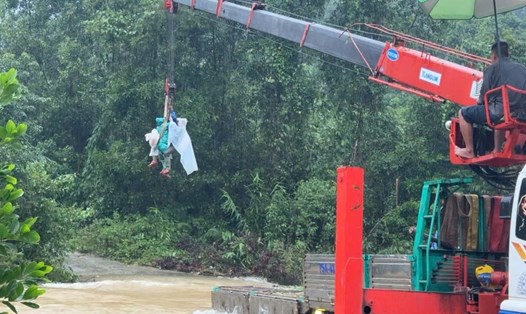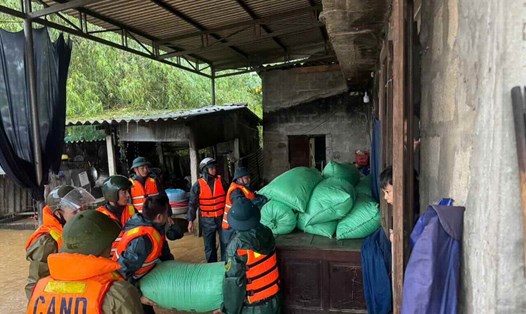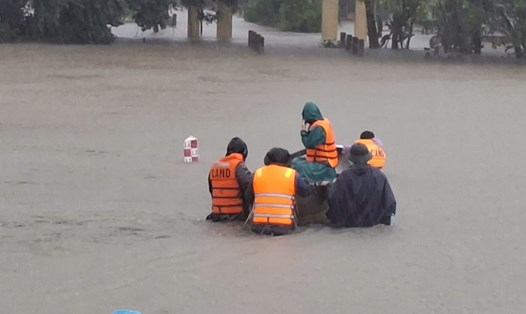During the ongoing flood, Hue city has put into operation a natural disaster warning horn system for people in low-lying areas.
Currently, the system consists of 4 horns, installed in state agency buildings including: City Administrative Building, Hue Irrigation Exploitation Company, Huong Tra and Quang Dien.
The system operation is carried out in two forms: remote automatic control via wifi network guaranteed by the Smart Urban Monitoring and Operation Center, or on-site manual operation in case of communication loss.
Warning signals are regulated uniformly throughout the city to help people easily recognize:
Storm or tropical depression: Hold for 3 sets of 20 seconds at a time, stretch every 10 seconds, repeat up to 3 times.
Floods exceeding alert level II or likely to reach alert level III: Hold 2 breaths, each breath 10 seconds, stretch every 10 seconds, repeat up to 2 times.
Floods exceeding alert level III, emergency storms or sunny days: Hold for 5 sets of 30 seconds each, extend for 5 seconds, repeat up to 3 times.
These signals are sent from the Smart Urban Monitoring and Operation Center according to the Command Board's instructions, or can be activated by manual buttons in case of emergency.
The alarm horn a seemingly primitive means of transport, reminiscent of the horn warning people to go to the basement to avoid bombs in the 1970s in Hanoi has now become useful in the context of increasingly unpredictable natural disasters.
According to the leader of Hue city, putting the horn system into operation is necessary, because not all people have the conditions to regularly update information. horn playing is still the most effective and direct warning method for people in low-lying areas.
Hue is a locality that often experiences floods, with many residential areas located along rivers such as the Huong River, Bo River, O Lau River - places that are heavily affected by major floods almost every year.
Therefore, the establishment of a natural disaster warning horn system is a practical solution, helping people have more " closed eyes" to recognize risks early and proactively prevent them.
The positive point is that this system operates according to a regulation with coordination between many levels and many sectors, from the City Civil Defense Command to the commune and ward authorities.
The People's Committees of wards and communes are responsible for propagating and guiding people to understand and react properly when the whistle blows. When people know how to distinguish signals, prepare food, move assets or evacuate safely at the right time, that is the initiative that every safe city is aiming for.
In the context of increasingly unpredictable climate change, measures such as the warning horn system will contribute to raising public awareness according to the motto "uncompromisingly cautious" - the most important factor to minimize damage.
Once people know how to proactively listen, identify and respond promptly to natural disaster forecasts, the response capacity of the entire city will be improved.
The honking of Trumpets in Hue is not only a warning of floods, but also shows a proactive spirit in managing natural disaster risks. And this initiative can be replicated in many other localities in the Central region.

